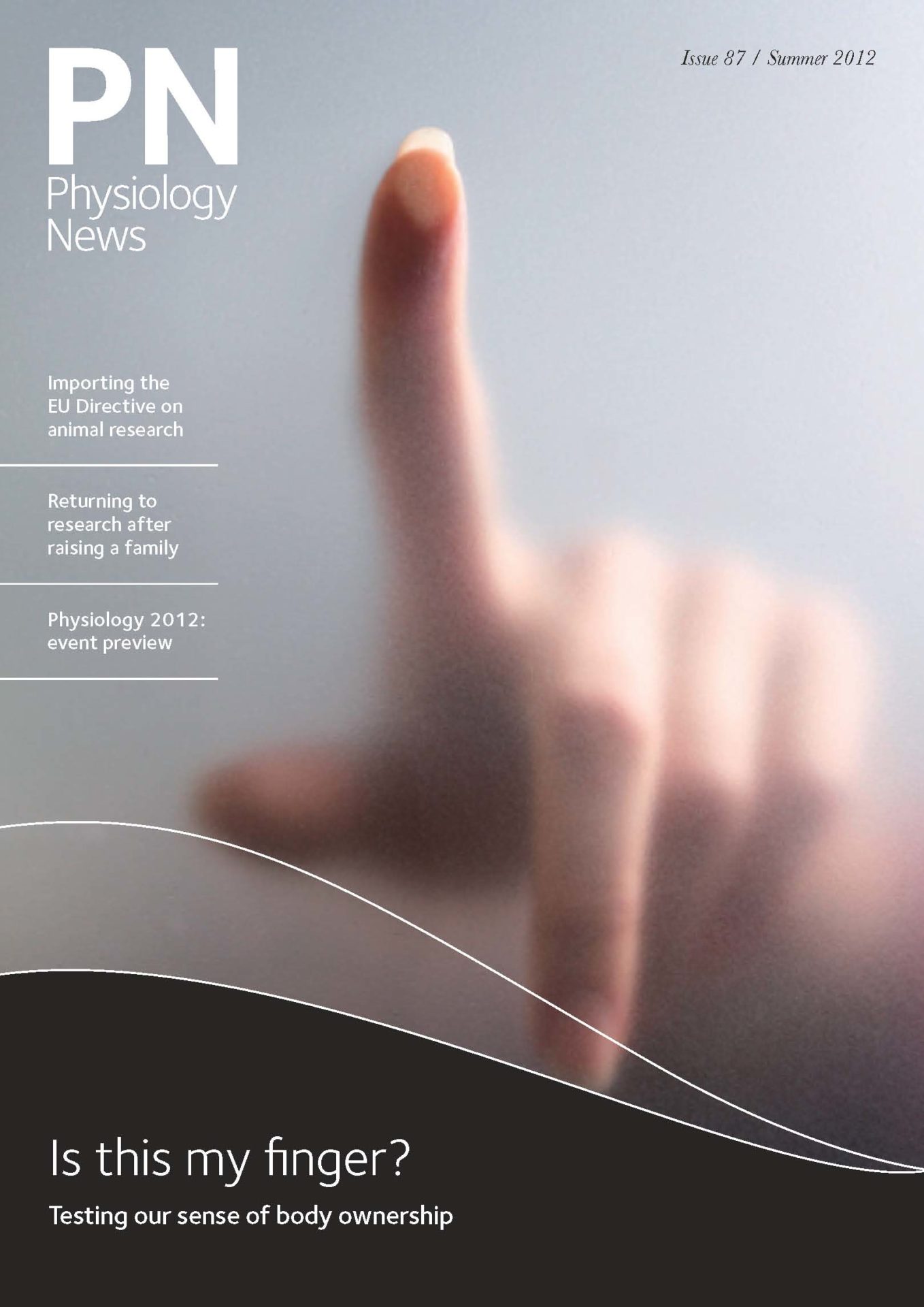
Physiology News Magazine
The Biomedical Basis of Elite Performance
Meeting Notes
Events
The Biomedical Basis of Elite Performance
Meeting Notes
Events
Carolyn Greig
Human and Exercise theme lead and member of the Scientific Programme Committee
Paul Greenhaff
Chair of the Scientific Programme Committee
https://doi.org/10.36866/pn.87.17a
19–21 March 2012, London, UK
Elite performance is on many agendas this year and to mark the London 2012 Olympic Games, this joint meeting of The Physiological Society, the British Pharmacological Society and Wiley-Blackwell was held to showcase the most recent and internationally excellent research into the biomedical basis of elite performance.
The three-day meeting was conceived nearly three years ago, organised by a scientific programme committee chaired by Paul Greenhaff (University of Nottingham, UK) and sponsored by the Biotechnology and Biological Sciences Research Council, Medical Research Council with generous support from the Gatorade Sports Science Institute. Internationally recognised speakers were invited to present their research on cardiac, respiratory and vascular aspects of performance, drugs in sport, neuromuscular function/phenotype and regulation of muscle mass, exercise metabolism, thermoregulation, genomics, and sport and exercise medicine.
More than 500 people attended the meeting, contributing to 16 oral communications and 107 poster presentations (winners were Katharina Tilgner – oral communication, and Thomas Wuthrich – poster).
Each day concluded with a plenary session. These were delivered by Frank Booth (University of Missouri, USA), Scott Drawer (UK Sport) and Bengt Saltin (University of Copenhagen, Denmark), who brought the meeting to a fitting conclusion with his lecture on a lifetime contribution to the understanding of the elite athlete.
The meeting also featured The Physiological Society’s Bayliss–Starling Prize lecture by Jerome Dempsey (University of Wisconsin-Madison, USA). Selected speaker manuscripts have been published in The Journal of Physiology, Experimental Physiology, British Journal of Pharmacology and the Scandinavian Journal of Medicine and Science in Sports, and were made available to all attendees (along with abstracts) at registration.
Another highlight was the Schools competition, The Science of Sport: How to win Gold. The standard of all posters and demonstrations was exceptionally high; the winner was Three Directions from Northgate High School. Perhaps some of the students who presented their work so enthusiastically will be seen again at future scientific meetings!
The Queen Elizabeth II Conference Centre was an excellent venue. Feedback from participants has been very encouraging: the success of this new meeting format perhaps sets the tone for future scientific meetings – larger-scale, jointly organised and with commercial sponsorship.

